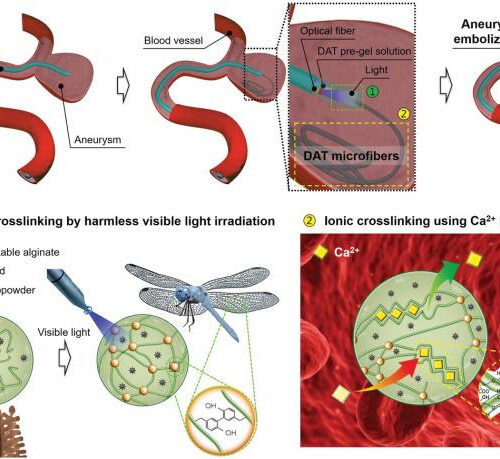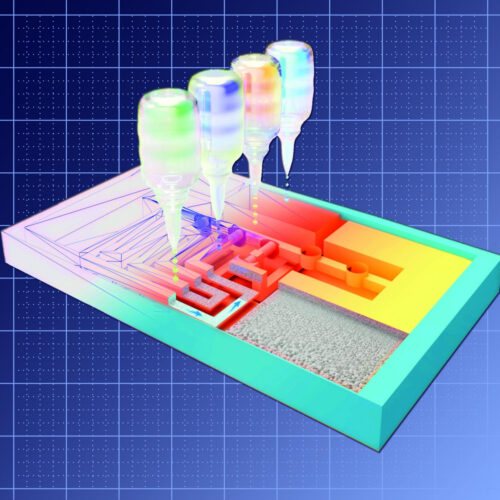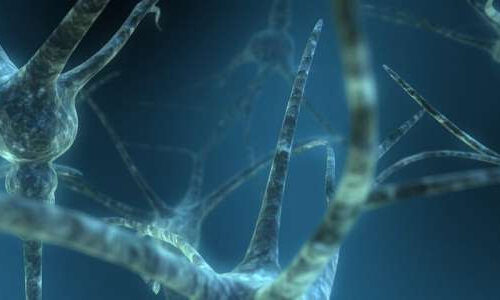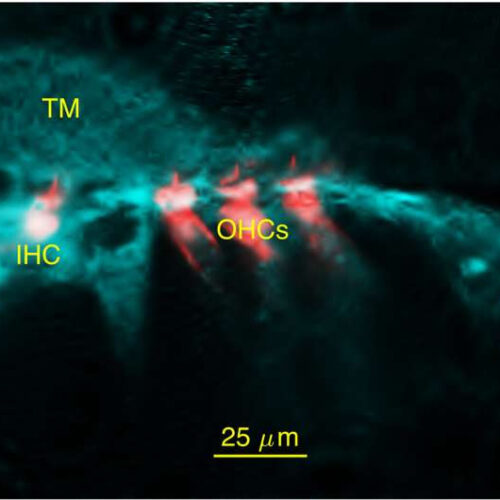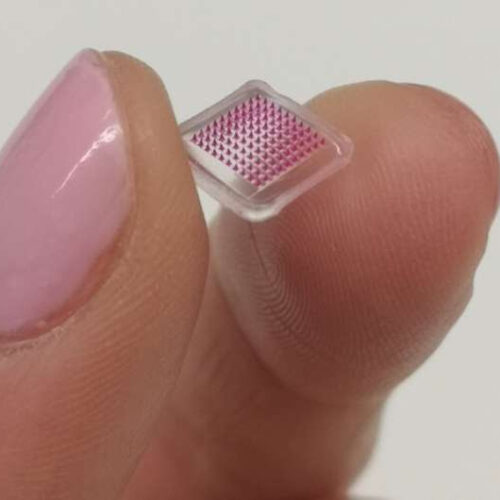POHANG UNIVERSITY OF SCIENCE & TECHNOLOGY (POSTECH) IMAGE: CONCEPT AND APPLICATION (E.G., ANEURYSM EMBOLIZATION) OF A DOUBLE?CROSSLINKED ALGINATE?BASED HYDROGEL WITH TANTALUM NANOPOWDER (DAT) MICROFIBERS CONTINUOUSLY SPUN BY AN OPTICAL?FIBER?INTEGRATED MICROFLUIDIC DEVICE (OFI?MD). CREDIT: POSTECH Cerebral aneurysms are malformations caused by abnormalities on the walls of blood vessels in the brain. When these blood vessels rupture,...
New finding suggests cognitive problems caused by repeat mild head hits could be treated
GEORGETOWN UNIVERSITY MEDICAL CENTER WASHINGTON – A neurologic pathway by which non-damaging but high frequency brain impact blunts normal brain function and causes long-term problems with learning and memory has been identified. The finding suggests that tailored drug therapy can be designed and developed to reactivate and normalize cognitive function, say neuroscientists at Georgetown University...
TB immune response discovery could significantly reduce disease harm
UNIVERSITY COLLEGE LONDON A pioneering study by UCL scientists has discovered the presence of a harmful inflammatory protein in patients with symptomatic tuberculosis (TB). Researchers say, by targeting the IL-17 cytokine, a component produced naturally by the immune system in response to infection, excessive and damaging lung inflammation caused by TB may be significantly reduced to...
3D printing lays the foundation for a new range of diagnostic tests
KU LEUVEN IMAGE: USING A 3D PRINTER, THE RESEARCHERS FABRICATED A 3D VERSION OF A LATERAL FLOW TEST. THE BASIS IS A SMALL BLOCK OF POROUS POLYMER, IN WHICH ‘INKS’ WITH SPECIFIC PROPERTIES ARE PRINTED AT PRECISE LOCATIONS. CREDIT: © AMELOOT GROUP Researchers at KU Leuven (Belgium) have developed a 3D printing technique that extends the...
Researchers find new enzyme regulation process that may influence kidney health
by Monash University Associate Professor Francine Marques, a National Heart Foundation Future Leader at the Monash University School of Biological Sciences. Credit: Monash University A recent study led by Monash University researchers has identified a new mechanism for the regulation of angiotensin-converting enzyme 2 (ACE2) – an important enzyme for regulating kidney health during high blood pressure. Associate...
How proteins control information processing in the brain
by Martin-Luther-Universität Halle-Wittenberg Credit: Pixabay/CC0 Public Domain A complicated interaction between proteins is needed for information to pass from one nerve cell to the next. Researchers at the Martin Luther University Halle-Wittenberg (MLU) have now managed to study this process in the synaptic vesicles, which play an important role in this process. The study appeared...
Serotonin transporters increase when depression fades, study shows
by Karolinska Institutet Credit: Unsplash/CC0 Public Domain Low levels of serotonin in the brain are seen as a possible cause of depression and many antidepressants act by blocking a protein that transports serotonin away from the nerve cells. A brain imaging study at Karolinska Institutet now shows that the average level of the serotonin transporter increased...
Research challenges decades-old understanding of how we hear sound
by Linköping University Confocal micrograph of stereocilia on the inner (IHC) and outer (OHCs) hair cells, completely embedded in the tectorial membrane (TM). Credit: Pierre Hakizimana, CC-BY-4.0 First published in doi: 10.1038/s41467-021-22870-1 Researchers at Linköping University, Sweden, have made several discoveries on the functioning mechanisms of the inner hair cells of the ear, which convert sounds...
Microneedle patch delivers antibiotics locally in the skin
by Karolinska Institutet The microneedles are so small that they do not reach the pain receptors, making the treatment relatively painless. Credit: Jill Ziesmer MRSA skin infections are often treated with intravenous injection of antibiotics, which can cause significant side effects and promote the development of resistant bacterial strains. To solve these problems, researchers at Karolinska...
Brain cancer breakthrough provides hope for new treatments
by Walter and Eliza Hall Institute of Medical Research Fluorescence labelling of distinct layers of the brain. Each colour represents a different cell type within the cortex. Credit: Maria Bergamasco A novel approach to immunotherapy design could pave the way for new treatments for people with an aggressive form of brain cancer called glioblastoma. Using specifically designed...

